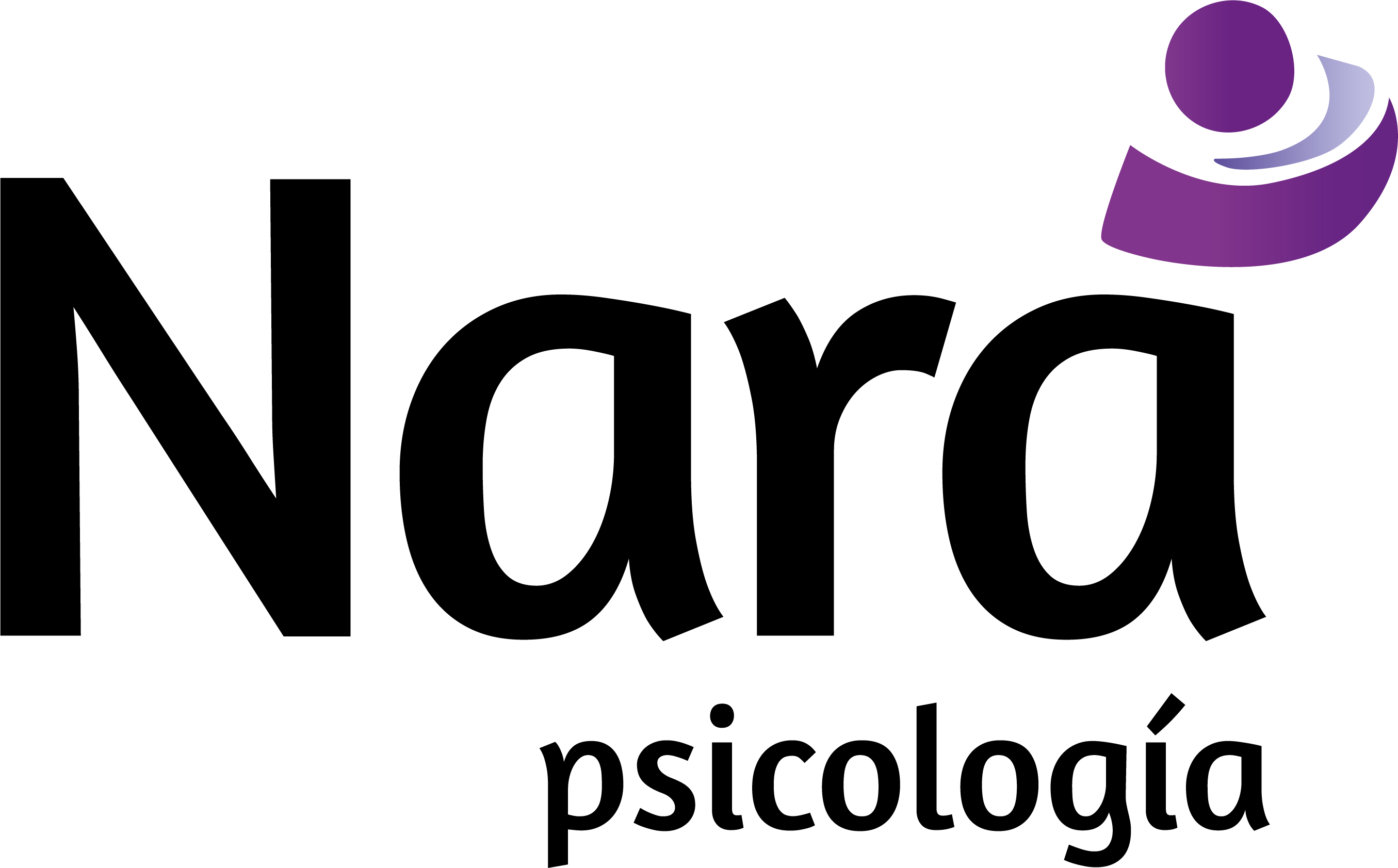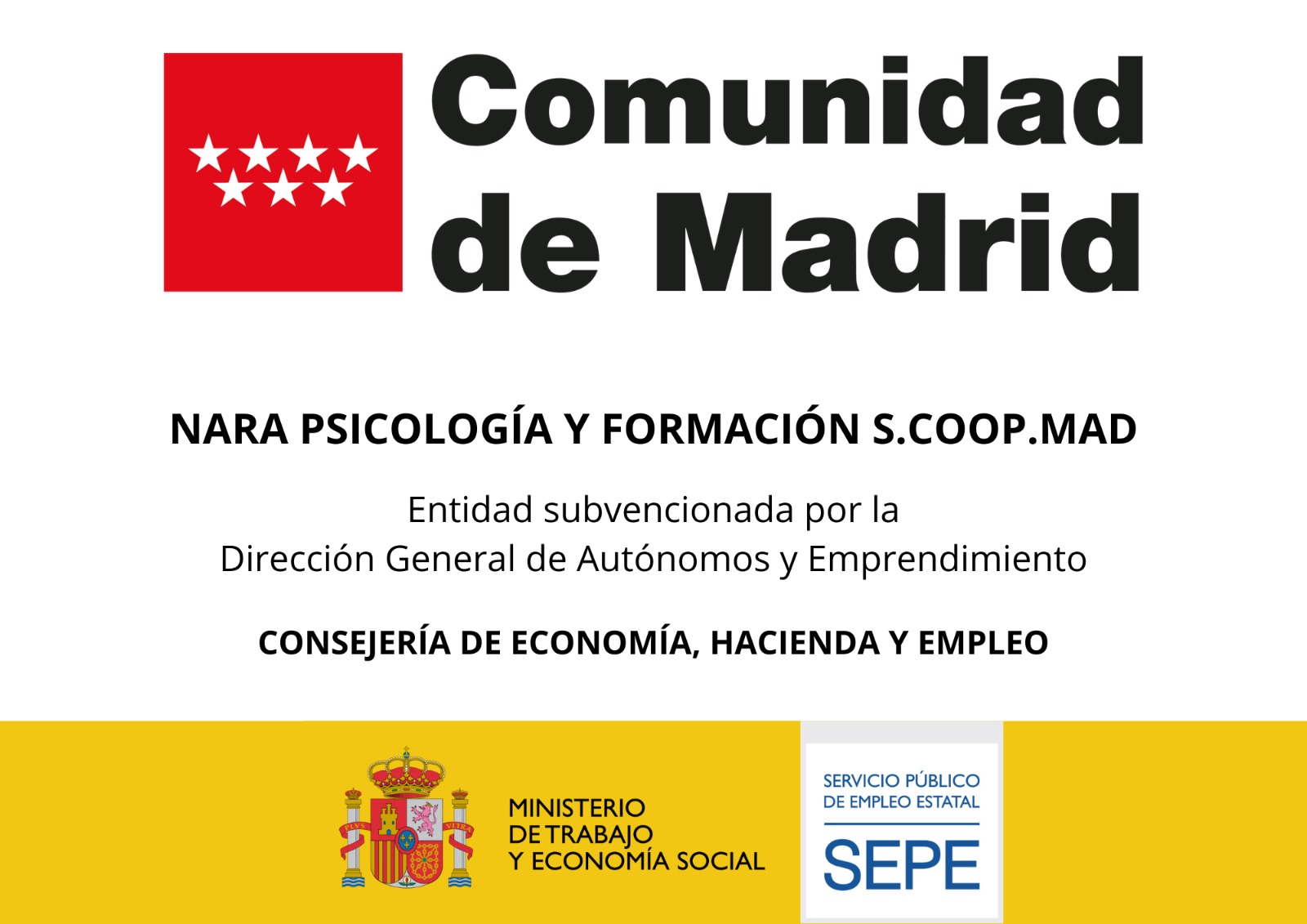[et_pb_section fb_built=»1″ disabled_on=»on|off|off» _builder_version=»4.2.2″ background_color=»#ffffff» background_image=»https://narapsicologia.es/wp-content/uploads/2020/02/familiar_sistemica-1.png» top_divider_height=»0px» hover_enabled=»0″ custom_css_main_element=»padding-top:0px;»][et_pb_row column_structure=»3_4,1_4″ padding_top_bottom_link_1=»false» disabled_on=»off|off|off» _builder_version=»3.25″ max_width=»1080px»][et_pb_column type=»3_4″ _builder_version=»3.0.47″ custom_padding=»|||» custom_padding_tablet=»» custom_padding_phone=»» custom_padding_last_edited=»on|desktop» custom_padding__hover=»|||»][et_pb_text disabled_on=»on|off|off» _builder_version=»4.2.2″ hover_enabled=»0″ custom_css_main_element=»background-color:#66248380;||padding:10px;||margin-right:160px||» text_text_shadow_style=»preset2″ header_text_shadow_style=»preset2″ header_text_shadow_color=»#82368c» border_color_all=»#efefef»]
Psicoterapia
Familiar Sistémica
[/et_pb_text][/et_pb_column][et_pb_column type=»1_4″ _builder_version=»3.0.47″ custom_padding=»300px|||» custom_padding__hover=»|||»][et_pb_image src=»https://narapsicologia.es/wp-content/uploads/2018/09/nara-psicologia.png» align_tablet=»center» align_phone=»» align_last_edited=»on|desktop» _builder_version=»3.23″ custom_css_main_element=»margin-top:100px;||margin-bottom:-10px;||background-color:#ffffff80;||padding:5px;»][/et_pb_image][/et_pb_column][/et_pb_row][/et_pb_section][et_pb_section fb_built=»1″ disabled_on=»off|on|on» _builder_version=»3.22″ background_color=»#ffffff» top_divider_height=»0px» custom_css_main_element=»padding-top:0px;||padding-bottom:0px;»][et_pb_row padding_top_bottom_link_1=»false» disabled_on=»off|on|on» _builder_version=»3.25″ max_width=»1080px»][et_pb_column type=»4_4″ _builder_version=»3.0.47″ custom_padding=»0px|0px|0px|0px» custom_padding_last_edited=»off|desktop» custom_padding__hover=»|||»][et_pb_image src=»https://narapsicologia.es/wp-content/uploads/2020/02/familiar_sistemica-1.png» align_tablet=»center» align_phone=»» align_last_edited=»on|desktop» _builder_version=»4.2.2″ hover_enabled=»0″][/et_pb_image][et_pb_text disabled_on=»off|on|on» _builder_version=»4.2.2″ hover_enabled=»0″ custom_css_main_element=»background-color:#66248380;||padding:10px;||» text_text_shadow_style=»preset2″ header_text_shadow_style=»preset2″ header_text_shadow_color=»#82368c» border_color_all=»#efefef»]
Psicoterapia
Familiar
Sistémica
[/et_pb_text][/et_pb_column][/et_pb_row][/et_pb_section][et_pb_section fb_built=»1″ _builder_version=»3.22″ custom_css_main_element=»padding-top:0px;||padding-bottom:0px;»][et_pb_row _builder_version=»3.25″ background_size=»initial» background_position=»top_left» background_repeat=»repeat» max_width=»1080px» hover_enabled=»0″][et_pb_column type=»4_4″ _builder_version=»3.0.47″ custom_padding=»|||» custom_padding_last_edited=»off|desktop» custom_padding__hover=»|||»][et_pb_text _builder_version=»4.2.2″ hover_enabled=»0″ custom_css_main_element=»background-color:#66248359;||padding:10px;»]
¿Cómo podemos ayudaros?
[/et_pb_text][et_pb_text _builder_version=»4.2.2″ hover_enabled=»0″]
La terapia familiar se centra en abordar las problemáticas que atañen a la familia en su conjunto. Esto quiere decir que, aunque tiene en cuenta las diferencias individuales de las personas que forman la familia, no aborda los problemas de cada uno de ellos y ellas individualmente, si no que trabaja sobre los aspectos familiares y las relaciones que se dan entre ellos y ellas.
Este tipo de terapia ayuda a entender las dificultades y conflictos relacionales que se están viviendo y ponerle solución por parte de todas (o casi todas) las personas que están siendo parte de esta situación.
Lo más habitual es que en las sesiones participen dos generaciones de la familia (por ejemplo, padres/madres e hijos/as), pero va a depender de cada familia en particular (teniendo en cuenta, por ejemplo, quienes conviven o entre quienes se está generando principalmente el conflicto) y de la evaluación que haga la o el terapeuta de familia.
En terapia familiar se parte de la premisa de que todas las personas que participan en las sesiones tienen su parte de responsabilidad en la solución y, por tanto, son parte de activa del proceso.
[/et_pb_text][/et_pb_column][/et_pb_row][et_pb_row column_structure=»3_5,2_5″ disabled_on=»on|off|off» _builder_version=»3.25″ max_width=»1080px»][et_pb_column type=»3_5″ _builder_version=»3.0.47″ custom_padding=»|||» custom_padding__hover=»|||»][et_pb_text _builder_version=»4.2.2″ hover_enabled=»0″ custom_css_main_element=»background-color:#66248359;||padding:10px;»]
¿En qué consiste el proceso de terapia familiar?
[/et_pb_text][et_pb_text _builder_version=»4.2.2″ hover_enabled=»0″]
La primera parte consiste en evaluar de las dificultades y las necesidades de la familia por parte de la o el terapeuta de familia. Esto tiene lugar a lo largo de unas cuatro sesiones aproximadamente en las que el o la terapeuta se centra en preguntar y observar a la familia con el objetivo de conocerla, comprender las razones por las cuales han llegado a estar situación y establecer un plan de tratamiento.
La segunda parte consiste en realizar sesiones familiares en las que ir llevando a cabo el plan de tratamiento, trabajando los objetivos terapéuticos establecidos entre la familia y el o la terapeuta.
Cuando se hayan logrado los objetivos terapéuticos, pasamos a la tercera y última parte en la que se empieza a disminuir la frecuencia de las sesiones con el objetivo de hacer un seguimiento del mantenimiento de los cambios y de ir cerrando el proceso terapéutico.
[/et_pb_text][/et_pb_column][et_pb_column type=»2_5″ _builder_version=»3.0.47″ custom_padding=»|||» custom_padding__hover=»|||»][et_pb_image src=»https://narapsicologia.es/wp-content/uploads/2018/12/adolescentes_1.png» align_tablet=»center» align_phone=»» align_last_edited=»on|desktop» _builder_version=»3.23″][/et_pb_image][/et_pb_column][/et_pb_row][et_pb_row column_structure=»1_3,2_3″ disabled_on=»off|on|on» _builder_version=»3.25″ max_width=»1080px»][et_pb_column type=»1_3″ _builder_version=»3.0.47″ custom_padding=»|||» custom_padding__hover=»|||»][et_pb_image src=»https://narapsicologia.es/wp-content/uploads/2018/12/adolescentes_1.png» align_tablet=»center» align_phone=»» align_last_edited=»on|desktop» _builder_version=»3.23″][/et_pb_image][/et_pb_column][et_pb_column type=»2_3″ _builder_version=»3.0.47″ custom_padding=»|||» custom_padding__hover=»|||»][et_pb_text _builder_version=»4.2.2″ hover_enabled=»0″ custom_css_main_element=»background-color:#66248358;||padding:10px;»]
¿En qué consiste el proceso de terapia familiar?
[/et_pb_text][et_pb_text _builder_version=»4.2.2″ width=»80%» max_width=»1080px» hover_enabled=»0″]
La primera parte consiste en evaluar de las dificultades y las necesidades de la familia por parte de la o el terapeuta de familia. Esto tiene lugar a lo largo de unas cuatro sesiones aproximadamente en las que el o la terapeuta se centra en preguntar y observar a la familia con el objetivo de conocerla, comprender las razones por las cuales han llegado a estar situación y establecer un plan de tratamiento.
La segunda parte consiste en realizar sesiones familiares en las que ir llevando a cabo el plan de tratamiento, trabajando los objetivos terapéuticos establecidos entre la familia y el o la terapeuta.
Cuando se hayan logrado los objetivos terapéuticos, pasamos a la tercera y última parte en la que se empieza a disminuir la frecuencia de las sesiones con el objetivo de hacer un seguimiento del mantenimiento de los cambios y de ir cerrando el proceso terapéutico
[/et_pb_text][/et_pb_column][/et_pb_row][et_pb_row column_structure=»1_3,2_3″ _builder_version=»3.25″ max_width=»1080px» custom_css_main_element=»vertical-align:bottom;»][et_pb_column type=»1_3″ _builder_version=»3.0.47″ custom_padding=»|||» custom_padding__hover=»|||»][et_pb_image src=»https://narapsicologia.es/wp-content/uploads/2018/12/adolescentes_2.png» align_tablet=»center» align_phone=»» align_last_edited=»on|desktop» _builder_version=»3.23″ custom_css_main_element=»margin-bottom:0px;||margin-top:56px»][/et_pb_image][/et_pb_column][et_pb_column type=»2_3″ _builder_version=»3.0.47″ custom_padding=»|||» custom_padding__hover=»|||»][et_pb_text _builder_version=»4.2.2″ hover_enabled=»0″ custom_css_main_element=»background-color:#66248359;||padding:10px;»]
¿Cuáles son los motivos de consulta más comunes?
[/et_pb_text][et_pb_text _builder_version=»4.2.2″ width=»80%» max_width=»1080px» hover_enabled=»0″]
- Dificultades en la comunicación
- Falta de herramientas para resolver los conflictos
- Incumplimiento de normas y acuerdos familiares
- Dificultades de relación entre hermanos: celos, agresiones…
- Gestionar emociones
- Violencia ascendente
- Divorcio difícil
- Reconstituición familiar
- Dificultades derivadas del cambio en el ciclo vital familiar: adolescencia de los hijos e hijas, padres/madres ancianas, etc.
- Un miembro de la familia presenta problemas de salud mental o capacidades diferentes.
[/et_pb_text][/et_pb_column][/et_pb_row][et_pb_row _builder_version=»3.25″ max_width=»1080px» custom_padding=»27px|0px|0|0px|false|false» custom_css_main_element=»margin-bottom:0px;»][et_pb_column type=»4_4″ _builder_version=»3.0.47″ custom_padding=»0px||0px|» custom_padding_last_edited=»off|desktop» custom_padding__hover=»|||»][et_pb_text _builder_version=»3.27.4″ custom_css_main_element=»background-color:#66248359;||padding:10px;»]
Equipo:
[/et_pb_text][/et_pb_column][/et_pb_row][et_pb_row column_structure=»1_5,1_5,3_5″ _builder_version=»3.25″ max_width=»1080px»][et_pb_column type=»1_5″ _builder_version=»3.0.47″ custom_padding=»|||» custom_padding__hover=»|||»][et_pb_image src=»https://narapsicologia.es/wp-content/uploads/2018/09/isa.png» align_tablet=»center» align_phone=»» align_last_edited=»on|desktop» _builder_version=»3.23″][/et_pb_image][et_pb_image src=»https://narapsicologia.es/wp-content/uploads/2019/07/ines_alonso.png» align_tablet=»center» align_phone=»» align_last_edited=»on|desktop» _builder_version=»3.24.1″ z_index_tablet=»500″ box_shadow_horizontal_tablet=»0px» box_shadow_vertical_tablet=»0px» box_shadow_blur_tablet=»40px» box_shadow_spread_tablet=»0px»][/et_pb_image][/et_pb_column][et_pb_column type=»1_5″ _builder_version=»3.0.47″ custom_padding=»|||» custom_padding__hover=»|||»][et_pb_image src=»https://narapsicologia.es/wp-content/uploads/2018/09/jorge.png» align_tablet=»center» align_phone=»» align_last_edited=»on|desktop» _builder_version=»3.23″][/et_pb_image][et_pb_image src=»https://narapsicologia.es/wp-content/uploads/2019/07/Laura-Rodríguez-Mondragón.png» align_tablet=»center» align_phone=»» align_last_edited=»on|desktop» _builder_version=»3.25.3″ z_index_tablet=»500″ box_shadow_horizontal_tablet=»0px» box_shadow_vertical_tablet=»0px» box_shadow_blur_tablet=»40px» box_shadow_spread_tablet=»0px»][/et_pb_image][/et_pb_column][et_pb_column type=»3_5″ _builder_version=»3.0.47″ custom_padding=»|||» custom_padding__hover=»|||»][et_pb_text _builder_version=»3.27.4″ width=»80%» max_width=»1080px» z_index_tablet=»500″ text_text_shadow_horizontal_length_tablet=»0px» text_text_shadow_vertical_length_tablet=»0px» text_text_shadow_blur_strength_tablet=»1px» link_text_shadow_horizontal_length_tablet=»0px» link_text_shadow_vertical_length_tablet=»0px» link_text_shadow_blur_strength_tablet=»1px» ul_text_shadow_horizontal_length_tablet=»0px» ul_text_shadow_vertical_length_tablet=»0px» ul_text_shadow_blur_strength_tablet=»1px» ol_text_shadow_horizontal_length_tablet=»0px» ol_text_shadow_vertical_length_tablet=»0px» ol_text_shadow_blur_strength_tablet=»1px» quote_text_shadow_horizontal_length_tablet=»0px» quote_text_shadow_vertical_length_tablet=»0px» quote_text_shadow_blur_strength_tablet=»1px» header_text_shadow_horizontal_length_tablet=»0px» header_text_shadow_vertical_length_tablet=»0px» header_text_shadow_blur_strength_tablet=»1px» header_2_text_shadow_horizontal_length_tablet=»0px» header_2_text_shadow_vertical_length_tablet=»0px» header_2_text_shadow_blur_strength_tablet=»1px» header_3_text_shadow_horizontal_length_tablet=»0px» header_3_text_shadow_vertical_length_tablet=»0px» header_3_text_shadow_blur_strength_tablet=»1px» header_4_text_shadow_horizontal_length_tablet=»0px» header_4_text_shadow_vertical_length_tablet=»0px» header_4_text_shadow_blur_strength_tablet=»1px» header_5_text_shadow_horizontal_length_tablet=»0px» header_5_text_shadow_vertical_length_tablet=»0px» header_5_text_shadow_blur_strength_tablet=»1px» header_6_text_shadow_horizontal_length_tablet=»0px» header_6_text_shadow_vertical_length_tablet=»0px» header_6_text_shadow_blur_strength_tablet=»1px» box_shadow_horizontal_tablet=»0px» box_shadow_vertical_tablet=»0px» box_shadow_blur_tablet=»40px» box_shadow_spread_tablet=»0px»]
Dentro de nuestro equipo de profesionales formado en múltiples y diversas especialidades serán Isabel Trasobares, Inés Alonso, Jorge Moreno y Laura Rodriguez, quienes atiendan las problemáticas de la infancia y adolescencia.
Laura, Isabel, Inés y Jorge cuentan con amplia experiencia trabajando con estos grupos de edad tanto en el ámbito formativo y preventivo, impartiendo talleres para la mejora de la gestión emocional, la reflexión personal o la toma de decisiones, como en la clínica dentro de Nara Psicología apoyando y facilitando el desarrollo de adolescentes.
[/et_pb_text][/et_pb_column][/et_pb_row][/et_pb_section][et_pb_section fb_built=»1″ _builder_version=»3.19.4″ background_color=»#b39ecc» global_module=»1566″ saved_tabs=»all»][et_pb_row _builder_version=»3.25″ max_width=»1080px» custom_padding=»38.0469px|0px|4px|0px|false|false»][et_pb_column type=»4_4″ _builder_version=»3.0.47″ custom_padding=»|||» custom_padding__hover=»|||»][et_pb_text _builder_version=»3.27.4″ custom_css_main_element=»background-color:#66248359;||padding:10px;»]
Primera Sesión Informativa GRATUITA
[/et_pb_text][et_pb_text _builder_version=»3.27.4″ width=»80%» max_width=»1200px»]
En esta primera sesión informativa, conocerás nuestro centro, al/la profesional que os ayudará durante todo el proceso de terapia y podrás resolver todas las dudas que siempre surgen ante una decisión tan importante.
Esta primera sesión no conlleva ningún tipo de compromiso y para tu tranquilidad, el 100% de las primaras sesiones se transforman en PERSONAS MÁS FELICES…
Si nos contactas en nombre de un tercero y el o ella no lo sabe, podemos también ayudarte a encarar el tema de una manera que no te genere conflictos y así podremos ayudarte.
[/et_pb_text][/et_pb_column][/et_pb_row][et_pb_row _builder_version=»3.25″ max_width=»1080px» custom_padding=»10px|0px|38.0469px|0px|false|false»][et_pb_column type=»4_4″ _builder_version=»3.0.47″ custom_padding=»|||» custom_padding__hover=»|||»][et_pb_text _builder_version=»3.27.4″]
Contacta ahora, no dejes pasar esta oportunidad:
+34 649 88 46 66
[/et_pb_text][/et_pb_column][/et_pb_row][/et_pb_section][et_pb_section fb_built=»1″ use_custom_gutter=»on» gutter_width=»1″ specialty=»on» background_color_1=»#82368c» padding_top_bottom_link_1=»true» padding_left_right_link_1=»true» padding_top_1=»80px» padding_top_2=»0px» padding_right_1=»6vw» padding_bottom_1=»80px» padding_left_1=»6vw» padding_1_tablet=»|10%||10%||true» padding_1_phone=»0px|10%|0px|10%» padding_1_last_edited=»on|phone» admin_label=»Footer Section» module_class=» et_pb_specialty_fullwidth et_pb_specialty_fullwidth et_pb_specialty_fullwidth et_pb_specialty_fullwidth et_pb_specialty_fullwidth et_pb_specialty_fullwidth et_pb_specialty_fullwidth et_pb_specialty_fullwidth et_pb_specialty_fullwidth et_pb_specialty_fullwidth et_pb_specialty_fullwidth et_pb_specialty_fullwidth et_pb_specialty_fullwidth et_pb_specialty_fullwidth et_pb_specialty_fullwidth et_pb_specialty_fullwidth et_pb_specialty_fullwidth et_pb_specialty_fullwidth et_pb_specialty_fullwidth et_pb_specialty_fullwidth et_pb_specialty_fullwidth et_pb_specialty_fullwidth et_pb_specialty_fullwidth et_pb_specialty_fullwidth et_pb_specialty_fullwidth et_pb_specialty_fullwidth et_pb_specialty_fullwidth et_pb_specialty_fullwidth et_pb_specialty_fullwidth et_pb_specialty_fullwidth et_pb_specialty_fullwidth et_pb_specialty_fullwidth et_pb_specialty_fullwidth et_pb_specialty_fullwidth et_pb_specialty_fullwidth et_pb_specialty_fullwidth et_pb_specialty_fullwidth et_pb_specialty_fullwidth et_pb_specialty_fullwidth et_pb_specialty_fullwidth et_pb_specialty_fullwidth et_pb_specialty_fullwidth et_pb_specialty_fullwidth et_pb_specialty_fullwidth et_pb_specialty_fullwidth et_pb_specialty_fullwidth et_pb_specialty_fullwidth et_pb_specialty_fullwidth et_pb_specialty_fullwidth et_pb_specialty_fullwidth et_pb_specialty_fullwidth et_pb_specialty_fullwidth et_pb_specialty_fullwidth et_pb_specialty_fullwidth et_pb_specialty_fullwidth et_pb_specialty_fullwidth et_pb_specialty_fullwidth et_pb_specialty_fullwidth et_pb_specialty_fullwidth» _builder_version=»3.22″ inner_width=»100%» inner_width_tablet=»100%» inner_width_phone=»» inner_width_last_edited=»on|desktop» inner_max_width=»100%» inner_max_width_tablet=»100%» inner_max_width_phone=»» inner_max_width_last_edited=»on|desktop» custom_padding=»0px||0px||true» make_fullwidth=»on» global_module=»196″][et_pb_column type=»1_2″ _builder_version=»3.25″ custom_padding=»|||» custom_padding__hover=»|||»][et_pb_text _builder_version=»3.27.4″ width=»80%» max_width=»1080px»][/et_pb_text][et_pb_text _builder_version=»3.27.4″ width=»80%» max_width=»1080px»]
[gravityform id=»1″ title=»true» description=»true»]
[/et_pb_text][/et_pb_column][et_pb_column type=»1_2″ specialty_columns=»2″ _builder_version=»3.25″ custom_padding=»|||» custom_padding__hover=»|||»][et_pb_row_inner _builder_version=»3.25″ background_color=»#662483″ custom_padding=»0|0px|55.375px|0px|false|false» custom_css_main_element=»margin-top:0px;»][et_pb_column_inner saved_specialty_column_type=»1_2″ _builder_version=»3.0.47″ custom_padding=»|||» custom_padding__hover=»|||»][/et_pb_column_inner][/et_pb_row_inner][et_pb_row_inner custom_padding_last_edited=»on|desktop» _builder_version=»3.25″ custom_padding=»0|6vw|0|6vw|true|true» custom_padding_tablet=»|3vw||3vw||true» custom_padding_phone=»» custom_css_main_element=»margin-top:2em;»][et_pb_column_inner saved_specialty_column_type=»1_2″ _builder_version=»3.0.47″ custom_padding=»|||» custom_padding__hover=»|||»][et_pb_image src=»https://narapsicologia.es/wp-content/uploads/2018/09/nara-psicologia.png» align_tablet=»center» align_phone=»» align_last_edited=»on|desktop» _builder_version=»3.23″][/et_pb_image][et_pb_blurb title=»Nuestras Direcciónes:» use_icon=»on» font_icon=»%%249%%» icon_color=»#666666″ icon_placement=»left» content_max_width=»1100px» use_icon_font_size=»on» icon_font_size=»18px» admin_label=»Donde estamos» _builder_version=»3.29.3″ header_font=»Roboto||||||||» header_text_color=»#000000″ header_font_size=»16px» header_line_height=»1.2em» body_font=»Roboto||||||||» body_text_color=»#000000″ module_alignment=»center» custom_margin=»||15px|» animation=»off» locked=»off»]
[/et_pb_blurb][et_pb_blurb title=»Telefono: +34 649 88 46 66 / +34 912 40 48 69″ use_icon=»on» font_icon=»%%264%%» icon_color=»#666666″ icon_placement=»left» content_max_width=»1100px» use_icon_font_size=»on» icon_font_size=»18px» admin_label=»Telefono» _builder_version=»3.29.3″ header_font=»Roboto||||||||» header_text_color=»#000000″ header_font_size=»16px» header_line_height=»1.3em» module_alignment=»center» custom_margin=»||0px||false|false» animation=»off» locked=»off»]
[/et_pb_blurb][et_pb_blurb title=»E-mail: info@narapsicologia.es» use_icon=»on» font_icon=»%%238%%» icon_color=»#666666″ icon_placement=»left» content_max_width=»1100px» use_icon_font_size=»on» icon_font_size=»18px» admin_label=»E-mail:» _builder_version=»3.29.3″ header_font=»Roboto||||||||» header_text_color=»#000000″ header_font_size=»16px» header_line_height=»1.3em» body_text_color=»#000000″ module_alignment=»center» custom_margin=»||||false|false» animation=»off»][/et_pb_blurb][et_pb_text _builder_version=»3.29.3″ width=»80%» max_width=»1080px» custom_margin=»||0px||false|false»][/et_pb_text][/et_pb_column_inner][/et_pb_row_inner][et_pb_row_inner _builder_version=»3.25″ custom_css_main_element=»margin-top:0px;»][et_pb_column_inner saved_specialty_column_type=»1_2″ _builder_version=»3.0.47″ custom_padding=»|||» custom_padding__hover=»|||»][et_pb_text admin_label=»Texto» _builder_version=»3.29.3″ custom_css_main_element=»margin-top:0px;»]
[/et_pb_text][/et_pb_column_inner][/et_pb_row_inner][/et_pb_column][/et_pb_section]





